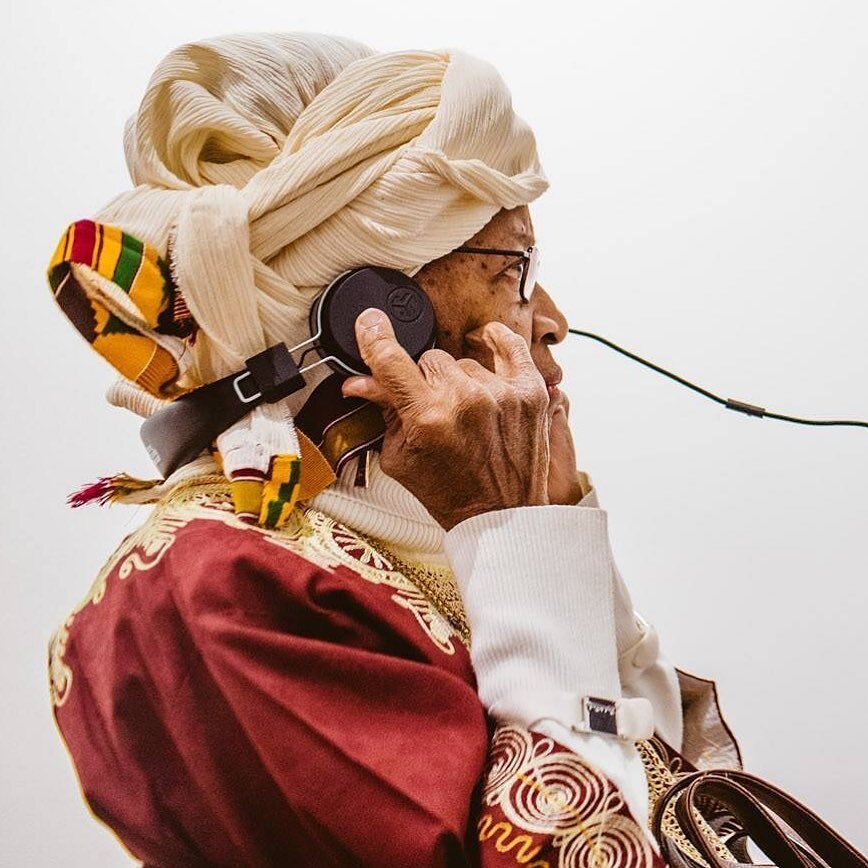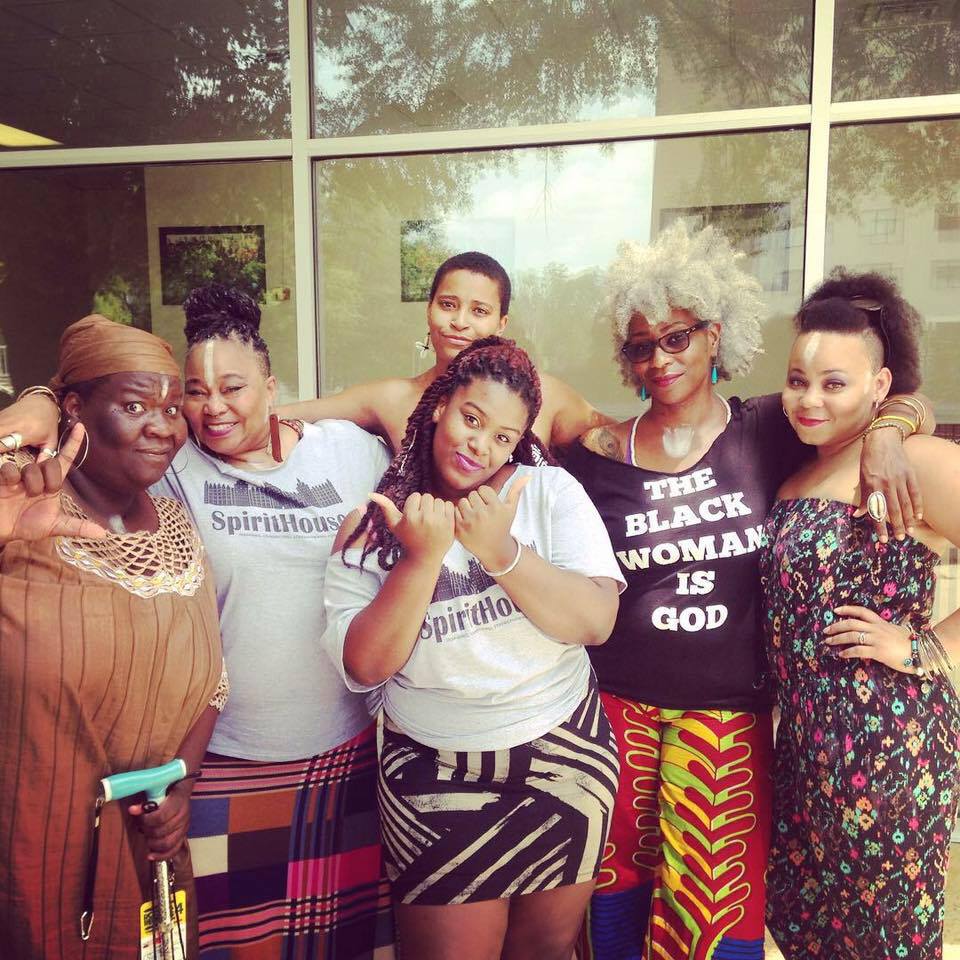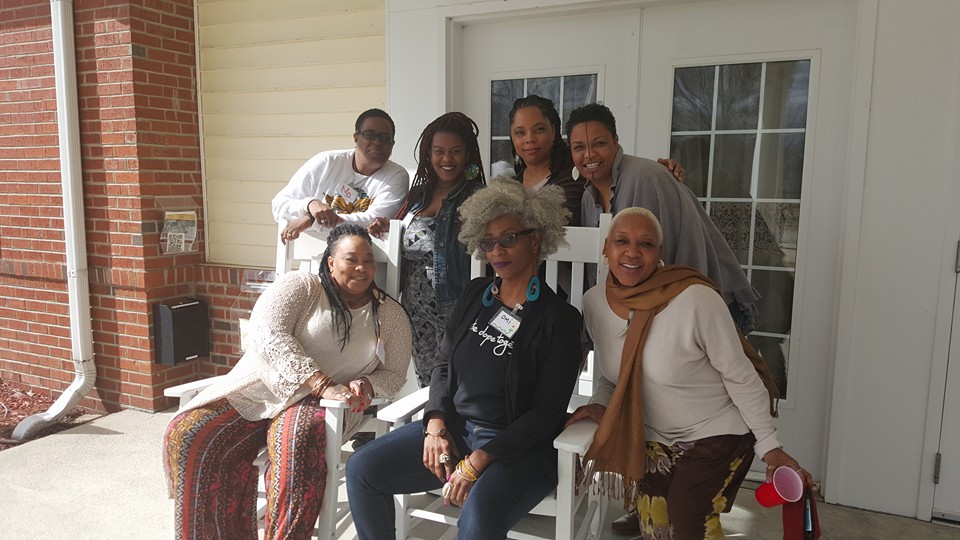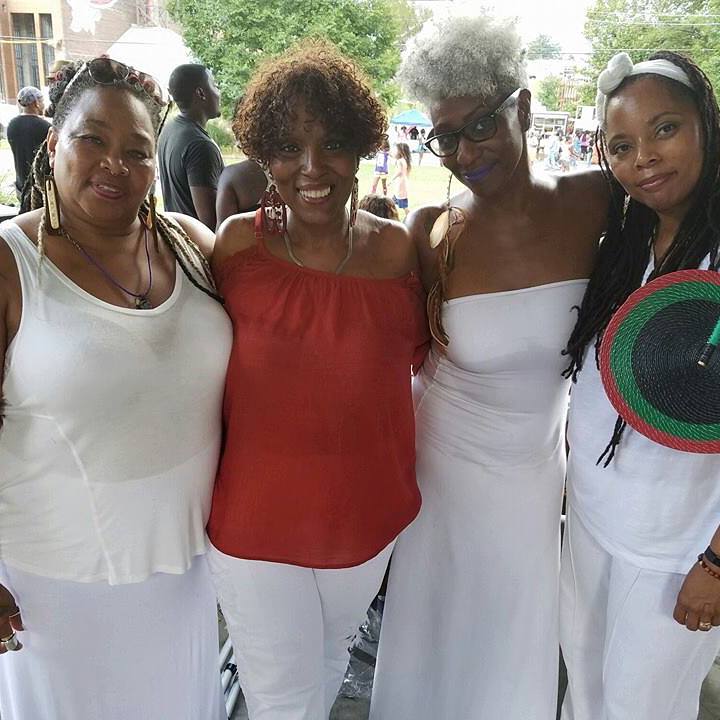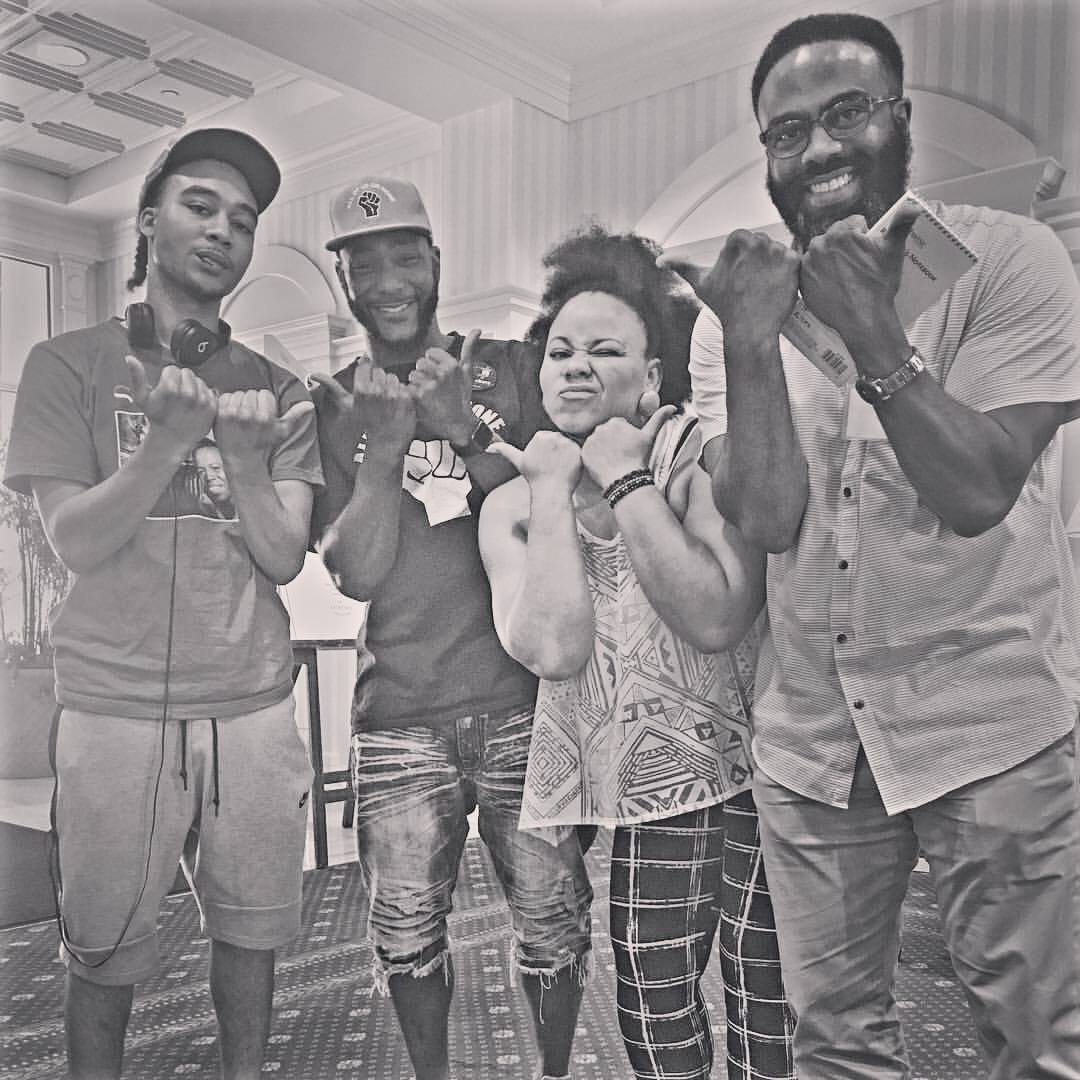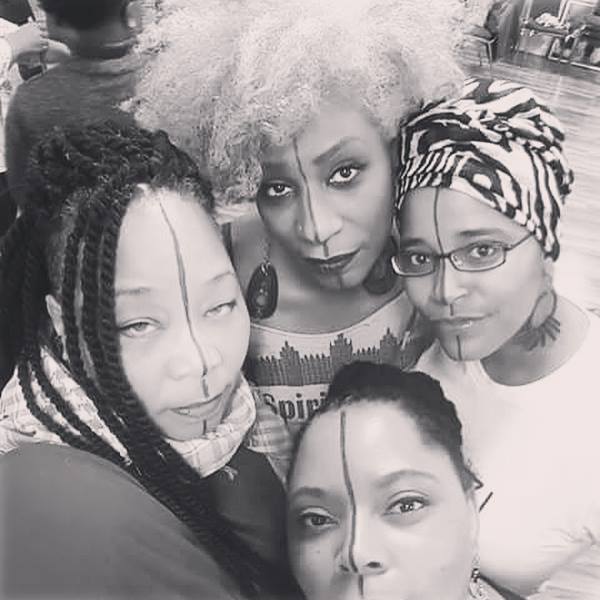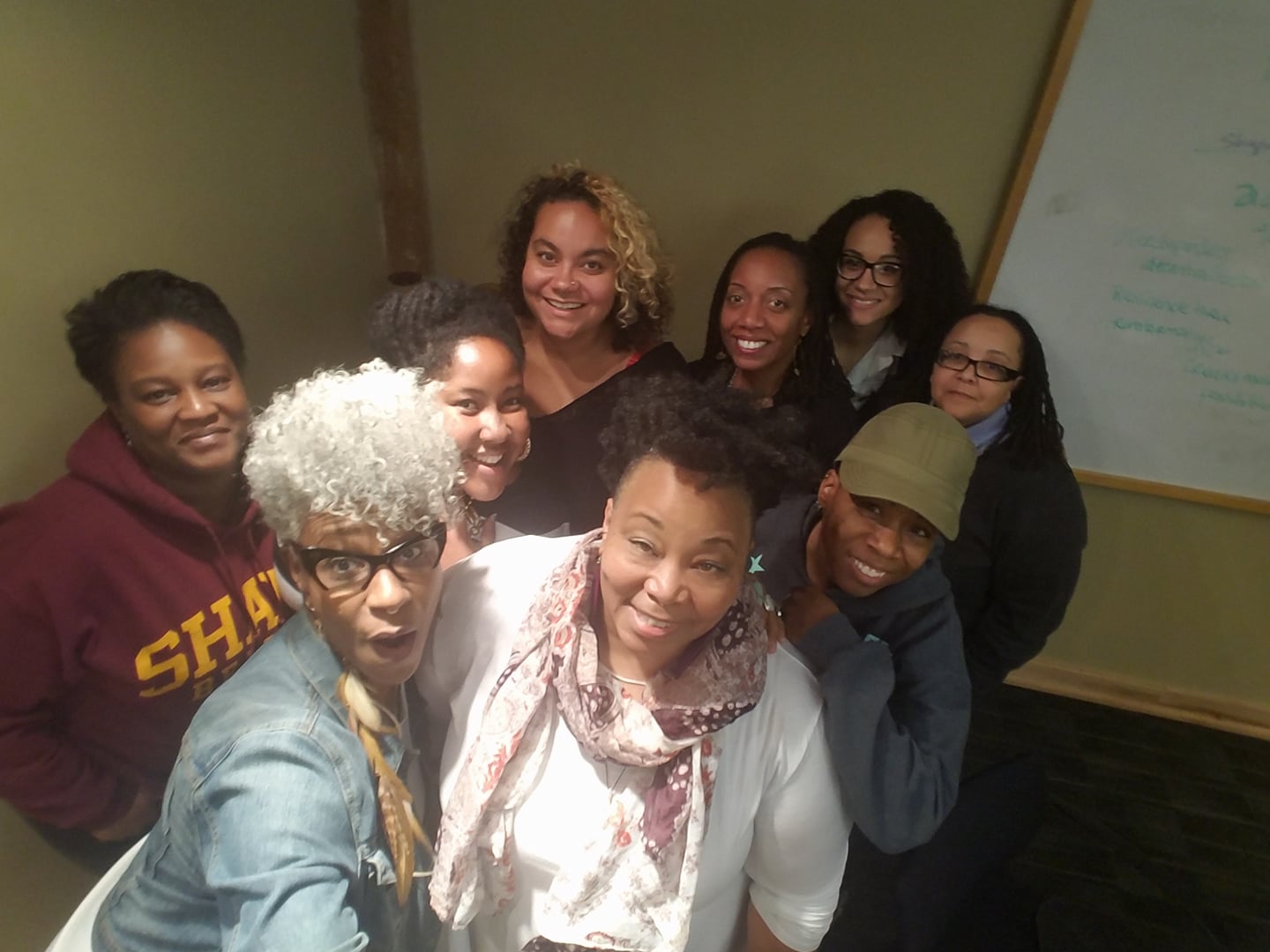The following document and principles of agreement was gifted to SpiritHouse by
Kai Lumumba Barrow
The Harm Free Zone project aims to work with communities to encourage strategies and practices that reduce harm—without the use of police or prisons. The abolition of the prison industrial complex (PIC) grounds the Harm Free Zone project. Because the PIC is not an isolated system, abolition is a broad strategy. It is not just about getting rid of buildings full of cages, but also transforming relationships and transforming our own “cops in the head/cops in the heart” ethos. A PIC ethos dissolves complexity and functions in binaries: guilt vs. innocence, good vs. evil, pain vs. pleasure. It denies collective responsibility and favors rugged individualism. It is a system that takes away our power and our self-determination—our ability to resolve conflict and unease.
The Harm Free Zone project emphasizes community autonomy, independent and self-directing communities, as a necessary step toward abolition. Our focus is withincommunities of the oppressed, placing the oppressed at the center of our vision.
By communities of the oppressed we mean communities of shared daily living or history; shared identity or struggle, or of shared visions. As we affirm and seek to transform ourselves and our communities, we contend with communities that are often fragmented, dispersed, and individualistic. However, despite these obstacles, there are also numerous strengths. People have an investment in their communities. There is a sense of place, of belonging, support, companionship, shared strategies for survival, and, not infrequently, a shared identity. Building on these strengths is where we begin.
Community Accountability
To establish a Harm Free Zone is a complex and long-term endeavor. Prior to encouraging people within our communities to deny the PIC, to embrace abolition and strive for community autonomy, we must first uncover or encourage community accountability. Community accountability is defined as the ability and desire of communities of the oppressed to adopt a “harm-free” way of thinking and to construct processes and mechanisms that broadly address harm. Community accountability demands certain conditions:
Community investment—commitment to the past, present and future of the community.
Ongoing democratic dialogue—shared power and decision-making, and an appreciation for difference within the community.
Systemic analyses of oppression—evolving and inclusive critical analyses that does not place rank or hierarchy on oppression.
Agreed upon principles and practices—community-specific, integrating the history and cultures of its members.
Clear boundaries and roles—stated and respected limitations, rotating positions of power.
Vision and hope—desire for liberation, a belief that fundamental social change is possible.
The more autonomous, the community becomes, the greater the degree to which these conditions will be fulfilled. The larger oppressive society inflicts constant, pervasive and systemic harm on our communities without acknowledging itself as accountable. Therefore, in order to reduce harm within our communities, we must be accountable to ourselves.
A Harm Free Zone requires that communities of the oppressed adopt a harm-free way of thinking—imagining ourselves outside of the limitations imposed by the state. We are challenged to struggle with our internalized oppression and envision ourselves and each other as people who have the ability and the responsibility to create, implement and benefit from our own liberation.
Processes of Community Accountability
Once the conditions for community accountability are identified, we can initiate practices that directly address harm. These practices, defined here as processes of community accountability, describe the methods used to address harm as complex, fluid and interconnected. These processes will take on different characteristics and present different challenges, depending upon the conditions. We have identified four processes:
Processes of prevention—the act of preventing harm within the community.Prevention ensures that basic needs are met for all community members and that information is available and accessible for all.
Processes of intervention—the act of directly intervening when harm occurs.Intervention values all community members and emphasizes active care and compassion.
Processes of reparation—the act of repairing harm among all community members. Reparation analyzes the root causes of harm. It enhances individual and collective investment in the well-being of the community to secure healing, trust, forgiveness and responsibility for all community members.
Processes of transformation—the act of completely transforming individual and collective power relationships. Transformation honors and encourages individual and group imagination, critical thought, communal reliance, self-determination and democratic decision-making.
Just as these processes are not static, they are also non-sequential. They are linked with each other in such a way that separating one from the others changes its meaning and force. The spirit animating intervention and reparation is not punitive, but healing; it both requires and creates vision and hope. Thus, there is an important reciprocal relationship between the processes through which a community is accountable and the conditions that make accountability possible.
We have seen numerous attempts to reduce “crime” in our communities where these critical steps are bypassed in favor of immediate “solutions.” Community Policing or Neighborhood Watch programs may intervene and seek reparation for crime, but neither prevent or transform harm. These types of programs are generally state-defined (or collaborate with the state) and do not do not present a discourse around systemic oppression or a critical analysis that seeks to understand the conditions in which many acts of harm take place. Nor are the long-range goals of community autonomy central to the goals of reducing crime. Inevitably, these models bolster and encourage the prison industrial complex.
Why are community accountability and interconnected processes necessary to the development of a Harm Free Zone? Take, for example, the act of intervention. When there is conflict or violence among community members, intervention would likely be rejected if there was no transparent accountability. A Harm Free Zone would be unrealizable unless the person inflicting harm (the “Actor”) and the people involved in the process of intervention had an investment in the community, a systemic analysis of why harms occur, clear boundaries and roles to determine what constitutes harm and who has a right to intervene, agreed upon principles and practices (including principles for handling harm) that govern the community and are borne from democratic dialogue, and vision and hope that the people within the community and the community itself can be fundamentally changed. Without these components, why would someone let other people “meddle” in their affairs? Why would someone put themselves in the hands of “outsiders”?
When a person harms other people, the processes of community accountability allow the Actor, the person harmed, and the community members to be taken seriously. Recognizing that we are answerable to each other, the community must see the Actor as:
inseparable from the community,
affected by a historical and present-day reality of oppression that influences the beliefs, character, desires, sense of self and relationships,
not passive with respect to oppression. Capable of acting, desiring, believing differently, and thus capable of resisting oppression,
a mirror for and of the community,
holding promise for the community.
Because the Actor is not a passive receptor of oppression, the Actor can be held accountable for the harmful act. The community can also hold itself accountable for its role in creating an alternative set of social practices, relations and institutions.
The community’s intervention stops the harm. It also enables the Actor to acknowledge the act as harmful, to take responsibility for the act in the face of oppressive conditions, to understand the relationship between the act and its oppressive social context, and to participate in the rebuilding of the community as an active member of the community.
After a harmful act, the person harmed must recognize the changes that have occurred and cannot simply recover without altering their perspective and conditions. The connection between intervention and reparation means that the person harmed must also be viewed by the community as a mirror for itself, inseparable from the community, as holding promise for the community, and as someone who can be made whole and placed in a healthier interpersonal and communal condition.
The work of repair is a communal process of change. In this sense, a transformation of the community accompanies a transformation of the Actor and a transformation of the person harmed. This is one of the most vivid forms of community education available and key to the prevention of additional harm.
All of these processes reaffirm and strengthen the community, which paves the way for a community to resolve its own conflict without prisons or police.
HFZ Principles of Agreement
Collective Action. When an individual is injured or threatened, it is a problem for the community, not just for the individual or individuals involved. We take collective responsibility for addressing problems that arise.
Examples: Commitment to collective responsibility; accountability and reciprocity; relationship building; checking in if someone is consistently missing from meetings/events; clarity about our expectations of each other.
Understanding Power. Transforming violence and conflict requires an understanding of power and how it shapes our lives. We are willing to challenge multiple oppressions on a broad scale, internally and externally.
Examples: Commitment to communicate about domination in the group (taking up space); willingness to educate ourselves about power and privilege; willingness to consider [and challenge?] our power and privilege in communities that we are not from.
Commitment to Prevention and Intervention. We are prepared to intervene in acts of state violence (such as law enforcement violence, evictions, medical neglect, etc) and interpersonal conflicts (domestic violence, intra-racial violence, queer violence, etc). We regularly work on developing the individuals' and the group's trust, conflict transformation skills, resistance to state power, and commitment to building community.
Examples: Coincides with the principle of collective action; active participation; commitment to staying in the room—even when conflict arises and things get difficult; commitment to being on the front lines—flexibility with our strategies.
Abolition. We share a political vision that seeks to reduce and eventually eliminate the need for prisons, policing, and surveillance by creating sustainable alternatives to punishment and imprisonment. We aim to live our vision for a better world.
Examples: Commitment to acting toward and addressing each other with less harm; not behaving in a punitive or isolating manner with one another; not watching each other for mistakes, errors—seeking to alienate one another.
How might these principles come into play in our work with each other? Where do we agree/disagree/need more dialogue? What concerns do we bring about these principles?







